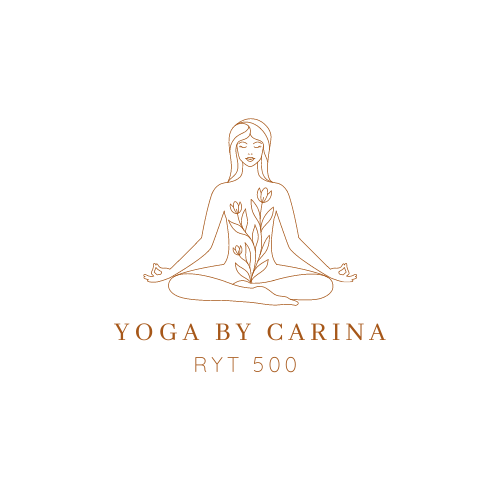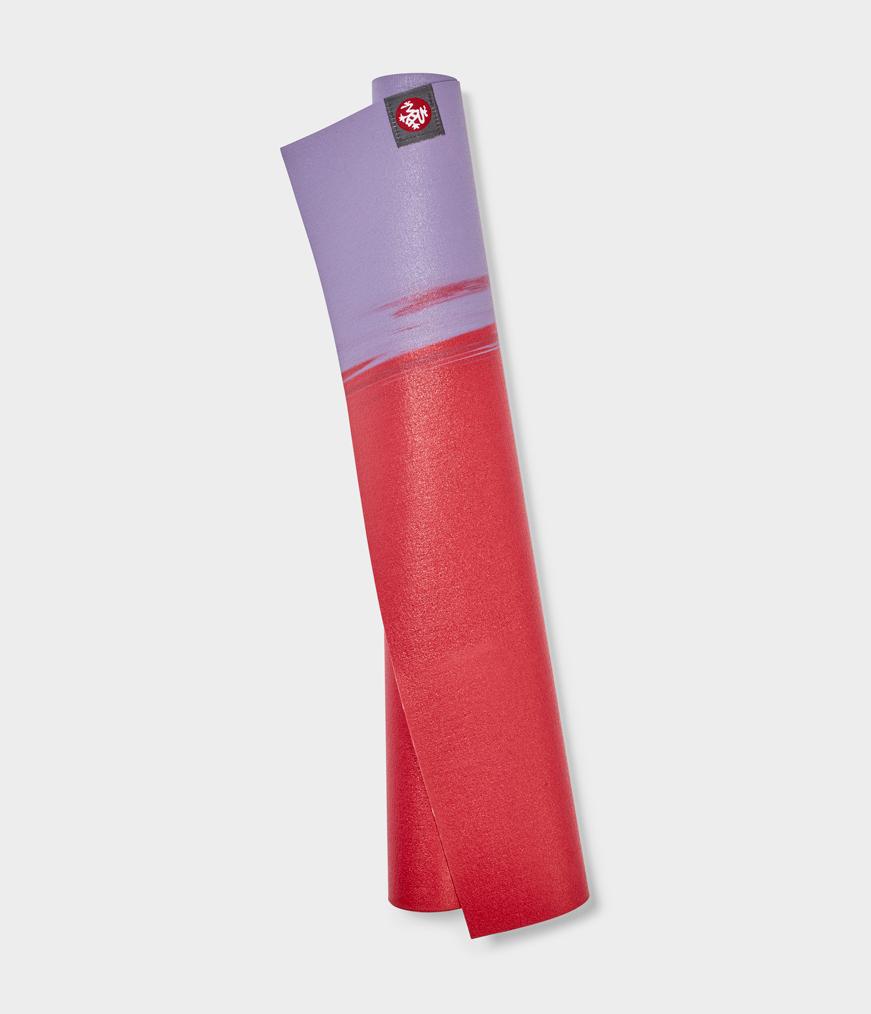New to Yoga? Essential Yoga Equipment For Beginners
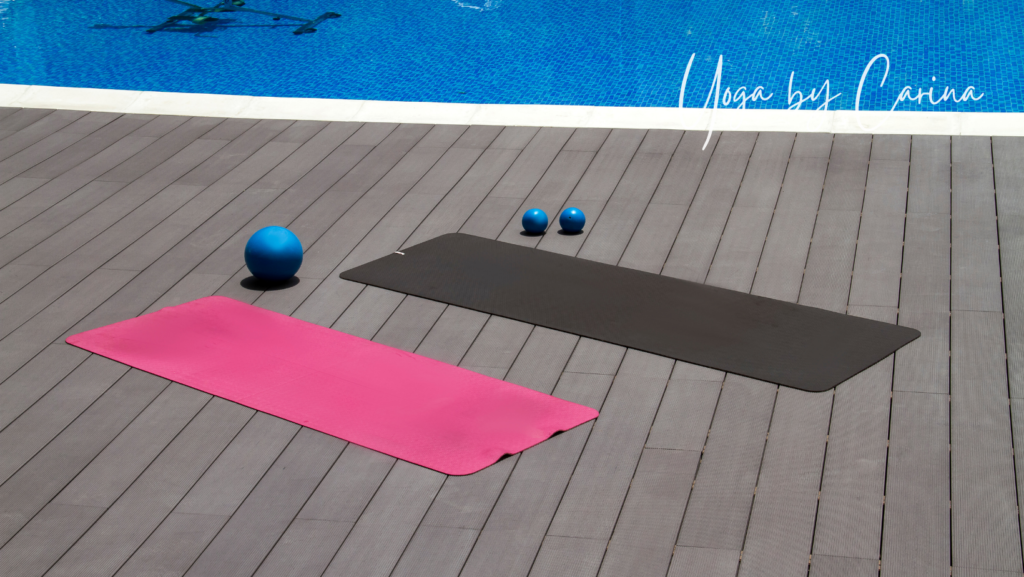
The only essential equipment you need for yoga is a mat. And since it’s critical, it makes sense to invest in a good one because it can help prevent injuries and make your yoga practice more enjoyable. A set of quality yoga blocks are also highly recommended.
Essential and optional materials to buy
When you first start doing yoga, it’s hard to know what you really need to buy. The yoga industry continues to develop so much clothing and equipment that you might feel you need to spend hundreds of euros before ever stepping foot in a studio. The good news is, you actually need very little to get started.
What Is Essential Yoga Equipment?
Essential means you absolutely have to have it. If you are biking, you need a bike, and rowing, you need a boat. Yoga requires only one piece of gear, and that is a yoga mat.
Note: I’ve chosen to use the word equipment because it’s necessary. You can also call it yoga gear or kit. The term “accessories” is not quite the same, though, because it’s suggestive of something that’s an add-on.
The amount of gear you need will depend on the type of yoga you practice. Vinyasa yoga typically uses only a block, while Iyengar has so much gear that it’s common to see ropes and wheels. However, all physical yoga practices, aka asana, need a yoga mat.
Essential Equipment
Clothing
It should go without saying that most yoga studios want you to wear something to class, but you don’t need scores of printed yoga pants or designer gear to be accepted by your peers. Start with the comfortable, breathable athletic apparel you already have on hand, and purchase mid-level basics for anything you’re missing.
- Pants or Shorts: You can’t go wrong with a few pairs of solid-color yoga pants in black, dark grey, navy, or brown. You can mix-and-match these tights with a wide variety of tops, and if you purchase high-quality options, they can last a long time.
If tight pants aren’t your thing, look for jogger-style pants or the popular harem-style pants that have elastic around the ankles. These pants are stretchy and offer a little extra room, but due to the ankle elastic, they’ll stay in place throughout your practice. - Shorts are a popular option for guys, and they’re also appropriate for women. Just keep in mind, you may want to wear form-fitting spandex shorts or looser shorts with connected tights underneath because some poses require you to position your legs in a way that could leave you uncomfortably uncovered with looser, running-style shorts.
- Tops: It’s important to wear tops that are fairly form-fitting so your shirt doesn’t fly over your head during forward bends.
- Pants or Shorts: You can’t go wrong with a few pairs of solid-color yoga pants in black, dark grey, navy, or brown. You can mix-and-match these tights with a wide variety of tops, and if you purchase high-quality options, they can last a long time.
- Sports Bras: If you’re a woman, make sure you wear a sports bra. While yoga tends to be a low-impact activity, a decent sports bra can help keep your “girls” in place as you transition between poses, making your practice more comfortable.
- Yoga Socks: To be clear, yoga socks are not a requirement to attend a class. In fact, it’s preferable to do yoga barefoot. That said if you can’t fathom the thought of taking your socks and shoes off in front of strangers, invest in a pair of yoga socks with grips on the bottom so you can keep your feet covered while maintaining good traction. Standard socks absolutely won’t do, as you’ll end up slipping and sliding all over your mat. These days, you can buy yoga apparel practically anywhere, and it’s not unusual to see yoga pants priced at over €100. Don’t feel you need to lay out that much cash for a single pair of pants!
Yoga Mat
The mat helps define your personal space, and, more importantly, it creates traction for your hands and feet so you don’t slip, especially as you get a little sweaty. The mat also provides a bit of cushioning on a hard floor.
Premium yoga mats can be expensive, often around €80 to €120, but it’s possible to find a starter mat for as little as €20 from retailers like Amazon. Just keep in mind, if you decide to buy a cheaper mat, you’ll probably find yourself replacing it in short order if you use it often. If you’re really ready to commit to a yoga practice, your mat is one place it’s worth it to lay out some cash.
Decide which mat features are important to you—for instance, length, thickness, material, durability, comfort, traction, or how to keep it clean—then buy a mat with good reviews based on your needs. As Manduka Teacher, I suggest Manduka Mat…because Manduka is known for the quality of their Pro Mat.
You can buy a great Manduka Mat around €40 -60.
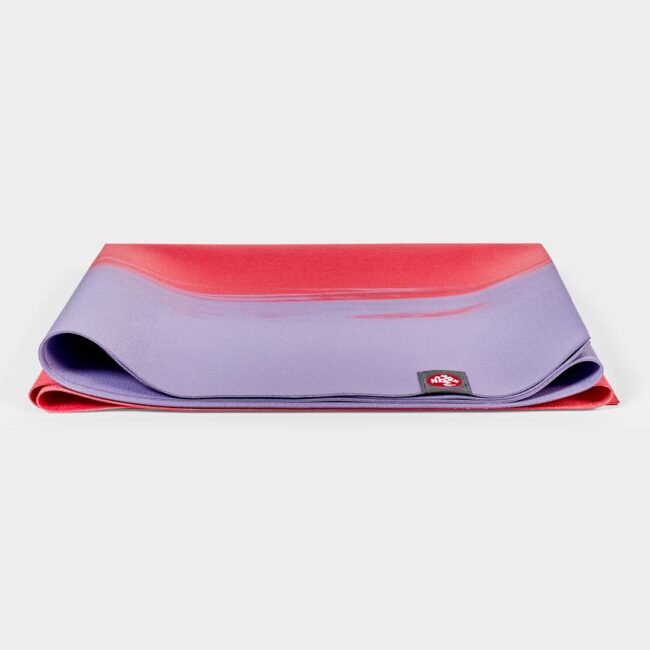
Optional Equipment
Straps
Yoga straps, also called belts, are particularly useful for poses where you need to hold onto your feet but cannot reach them. The strap basically acts as an arm extender. For instance, in pascimottanasana, if you can’t reach your feet with your hands in the seated forward fold, you can wrap the strap around the bottom of your feet and hold onto the strap to maintain a flat back instead of slumping forward.
Straps are also great for poses where you bind your hands behind the back (marichyasana, for example). If your shoulders don’t allow enough flexibility for the bind, you can use a strap to “connect” both hands without excess strain. And with the strap’s help, you can move your hands toward each other over time to make progress toward the full bind.
You probably have something around your house that would work as a strap (like a belt or even a towel). If you want to buy an official version, you can choose Manduka, where you can find straps for €18.
Blocks
Like blankets, yoga blocks are used to make you more comfortable and improve your alignment. Blocks are particularly useful for standing poses in which your hands are supposed to be on the floor.
Placing a block under your hand has the effect of “raising the floor” to meet your hand rather than forcing the hand to come to the floor while effectively compromising some other part of the pose. This can be seen in half moon pose. Many people don’t have the hamstring flexibility or core strength to hold the position with proper form.
By placing a block under the hand that’s reaching toward the floor, it’s easier to keep the chest open and torso strong. Without the block, the chest might be inclined to turn toward the floor, the supporting knee might be inclined to bend, and the torso might be inclined to “collapse.” The simple use of the block helps maintain proper alignment.
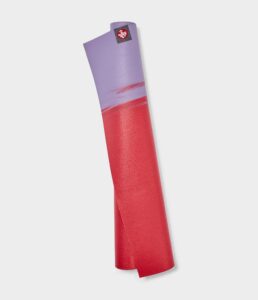
Bolsters
Bolsters have many uses for yoga students. You can use them in place of a stack of blankets to make seated and forward bending poses more comfortable. You can place them under your knees or your back when reclining for support and passive stretching. They are particularly handy in restorative and prenatal yoga classes. If you take this type of class, the bolsters will be provided.
The are two basic bolster shapes: round and flat (more of a rectangular shape). Flat bolsters tend to be more ergonomic; however, round bolsters can be useful when you want more support or a deeper stretch. It comes down to personal preference.
If you want a pretty bolster, check out Manduka, Hugger Mugger, Inner Space, or Chattra. The prices are in line with the marketplace ($40 to $80), and the designs are bright and beautiful.
Yoga Wheel
Yoga wheels are a relatively new prop starting to gain a foothold. These wheels are roughly 12-inches in diameter and are about four-inches wide. When set upright, you can lie back on the wheel or place a foot or hand on top of the wheel to deepen your stretches and enhance flexibility, slowly rolling the wheel farther as you relax into each stretch. Wheels can also be used in more advanced practices as a way to challenge stability or to offer support during challenging poses.
While it’s unlikely that you’ll need a yoga wheel as a beginner, you may want to consider a purchase down the line. Most wheels range in price from €40 to €60. Yoga Design Lab, for instance, offers one for €48.

Shop Manduka – 10% off for you!
Until we can gather again, I’m here to support your practice and so is Manduka.
Shop with my code YOGABYCARINA and you will receive an exclusive 10% off on every order!
Related posts
Private One on One Yoga Sessions & Coaching
I believe that everyone is different in their own way. Each person is unique and has their own needs and preferences in yoga practice. I want to acknowledge that uniqueness and offer the most professional, personal private classes. Whether you are a beginner, or an experienced yogi, I will design a yoga class/program just for you!
Joy of Breathing & Yin Yoga
Learn how to breath naturally and fully with this simple and effective method, and breathe your way to greater health, vitality, peace and joy today!
Restorative Yoga Practice
Restorative yoga is a restful practice that is all about slowing down and opening your body through passive stretching.
